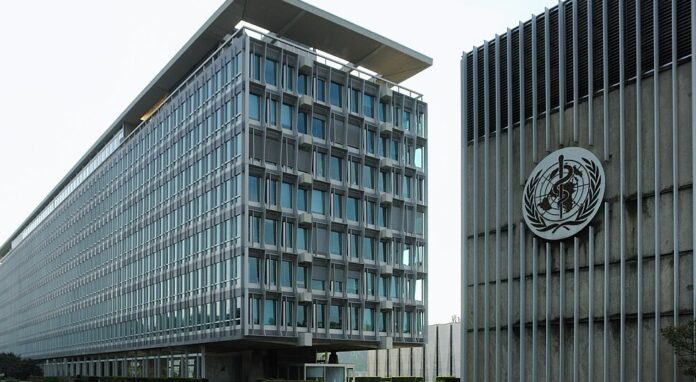WHO to slash billions from the budget and cut jobs as funding from top donors, including the US, dries up
The World Health Organisation is facing what its chief describes as the most severe financial crisis in its history, following a collapse in global donor support and the withdrawal of funding from its single largest backer, the United States.
Speaking in Geneva on Thursday, WHO Director General Dr Tedros Adhanom Ghebreyesus said the agency was undergoing “the greatest disruption to global health financing in memory.” Contributions have dropped sharply across all categories, with a looming budget cut of 21 per cent for the upcoming 2026–2027 cycle now in motion.
“It is, of course, very painful,” Tedros told reporters, warning that the dramatic financial retrenchment would leave vulnerable countries exposed and weaken international health security. “Slashing this budget will impact healthcare systems, disease surveillance, and emergency response capabilities worldwide.”
The WHO’s financial plan, which previously stood at $5.3 billion, is being slashed to $4.2 billion, according to an internal memo reviewed by Reuters. The agency is preparing for deep cuts to its workforce and operations across headquarters in Geneva and regional outposts. WHO officials say some offices—especially those in high-income countries—may be shut entirely.
The US, long the WHO’s top contributor, announced its departure from the organisation in January, citing alleged mismanagement during the COVID-19 pandemic and other global health emergencies. The US had previously funded nearly one-fifth of the WHO’s total budget. Its exit leaves a gaping hole that other donors have so far failed to fill.
WHO Assistant Director General for Business Operations Raul Thomas said around 25 per cent of the agency’s salary budget is now unfunded for the next two years. The exact number of job losses is still unclear and will depend on office locations and staffing levels.
Embed from Getty ImagesThe budget cuts will ripple across all operational tiers, with reductions hitting research, pandemic response, vaccination programmes, and efforts to combat antimicrobial resistance. Particularly at risk are essential services in developing nations that depend heavily on WHO support for disease monitoring and emergency medical aid.
Despite the dire outlook, Tedros expressed a sliver of hope that donor countries might still rally. He confirmed he remains in regular contact with US officials, though not directly with President Donald Trump, and continues to provide them with briefings. “We are trying to re-engage, to keep the door open,” he said.
However, Tedros acknowledged that WHO’s heavy reliance on a handful of countries for funding is unsustainable. Currently, 80 per cent of the organisation’s resources come from voluntary contributions from just a few donor states. “This model is broken,” he said, calling for a new, more diversified financial structure to ensure future resilience.
With a shortfall of nearly $600 million expected this year alone, time is running out. WHO officials are pressing both governments and private donors to act quickly or risk seeing decades of progress in global health unravel.
The cuts come amid a slew of escalating global health crises—from emerging pandemics and conflict-driven disease outbreaks to rising deaths from drug resistance and underfunded HIV programmes in Africa. Tedros stressed that the WHO’s shrinking budget could severely undercut its ability to mount rapid responses to new threats.
“We cannot afford to weaken the very system that is meant to protect us all,” he said.
The agency’s calls for emergency funding continue to go largely unanswered, raising fears that future global outbreaks could prove even deadlier if the WHO’s infrastructure continues to erode.
